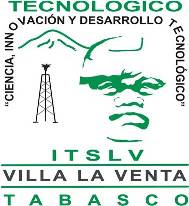A preposition links (una preposición une) nouns, pronouns and phrases to other words in a sentence. The word or phrase that the preposition introduces is called the object of the preposition.
A preposition usually indicates the temporal, spatial or logical relationship (relación lógica o con el espacio) of its object (de su objeto) to the rest of the sentence (con el resto de la oración) as in the following examples:
- The book is on the table. (sobre)
- The book is beneath the table. (abajo, debajo)
- The book is leaning against the table. (contra)
- The book is beside the table. (al lado, junto a)
- She held the book over the table. (sobre)
- She read the book during class. (durante)
In each of the preceding sentences, a preposition locates (una preposición localiza o ubica al noun -book-) the noun "book" in space or in time. (en el espacio o tiempo)
http://www.uottawa.ca/academic/arts/writcent/hypergrammar/preposit.html
IN
Use 'in' months and years and periods of time:
- in January
- in 1978
- in the twenties
Use 'in' a period of time in the future:
- in a few weeks
- in a couple of days
AT
Use 'at' with precise time:
- at six o'clock
- at 10.30
- at two p.m.
ON
Use 'on' with days of the week:
- on Monday
- on Fridays
Use 'on' with specific calendar days:
- on Christmas day
- on October 22nd
IMPORTANT NOTES
in the morning / afternoon / evening - at night
We say in the morning, afternoon or evening BUT we say 'at night'
Test Your Understanding
Now that you have studied the use of in / at / on - prepositions of time and date, try the follow-up quiz to test your understanding.
Prepositions of Time and Date Quiz (ejercicios con preposiciones de tiempo)
Excercises using Prep. of Time
http://esl.about.com/od/grammarintermediate/a/prepositions_of_time.htm
